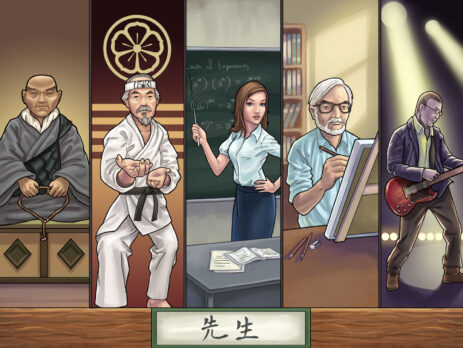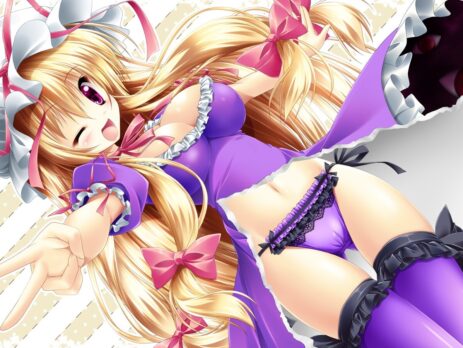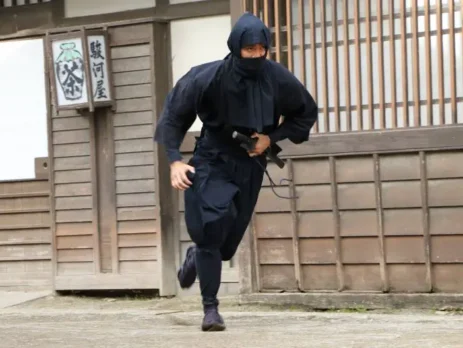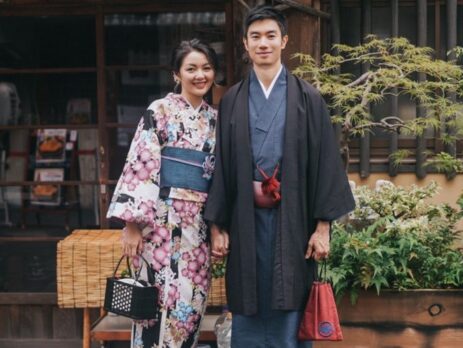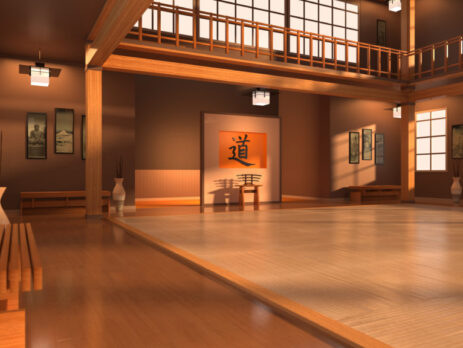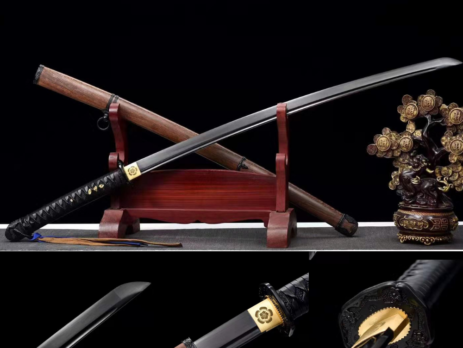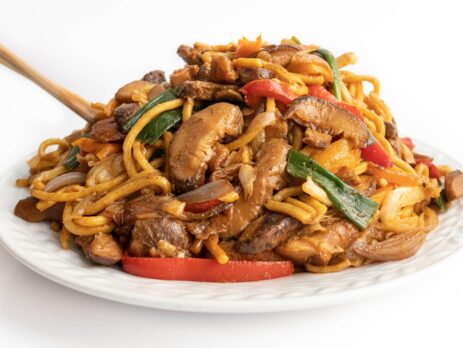Shoyu
Shoyu is a liquid soy sauce fermented from soybeans, wheat, water, and salt. It is a very common ingredient in Japanese cuisine and is used to add flavor to dishes such as sushi, sashimi, tempura, and yakitori. Shoyu has a salty taste and a strong aroma, and it is one of the main condiments in Japanese cooking. There are different types of shoyu, such as light soy sauce, dark soy sauce, thick soy sauce, and gluten-free soy sauce, each with its own flavor characteristics and culinary uses. In addition to being used as a condiment to flavor dishes, shoyu is also considered a healthy ingredient, rich in proteins and essential amino acids.




